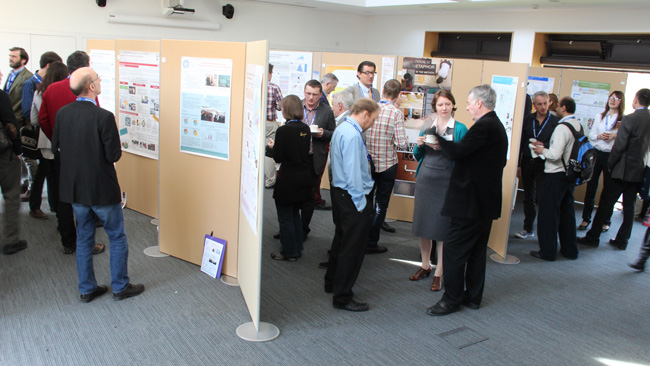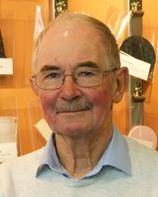2014 Symposia Report

Download the full report from Cambridge & Urbana-Champaign (  PDF) »
PDF) »
Download the full report from Singapore (  PDF) »
PDF) »
See the full speaker programs here:
Foreword by Prof Mike Ashby
Chair of the Symposia’s Academic Advisory Committee
 We live today in a world characterized by interaction. We interact through organisations, through trade, through the spread of ideas, and through personal communication, much of it enabled by the internet. When many entities interact there is feedback, some positive, some negative. The more intense the interaction and the more complex the system, the harder it is to predict the way the system as a whole will behave. Thinking in simple cause-effect relationships and developing ideas or projects in isolation is a poor way to tackle problems in the 21st century. Instead we must recognize material science does not exist in a vacuum but is part of not one but many systems. This recognition allows access to the richness that characterizes complex systems but it requires agility to embrace the possibilities that it offers.
We live today in a world characterized by interaction. We interact through organisations, through trade, through the spread of ideas, and through personal communication, much of it enabled by the internet. When many entities interact there is feedback, some positive, some negative. The more intense the interaction and the more complex the system, the harder it is to predict the way the system as a whole will behave. Thinking in simple cause-effect relationships and developing ideas or projects in isolation is a poor way to tackle problems in the 21st century. Instead we must recognize material science does not exist in a vacuum but is part of not one but many systems. This recognition allows access to the richness that characterizes complex systems but it requires agility to embrace the possibilities that it offers.
This perception of materials science and its teaching as components in wider systems permeated both the North American and International (Cambridge) Symposia. Materials science has escaped the narrowly-based, self-contained approach that characterised some subject areas. Instead we see Materials Science as a bridging subject, lying at the intersection of the pure and applied sciences. But it is only more recently that we have recognised its involvement with the industrial, economic, geo-political, environmental, and social systems in which we also operate. Incorporating this into our teaching is important since it will affect the working lives of our students. Cross-disciplinary teaching and interdisciplinary involvement of students in team-based projects is now widely adopted, in some cases displacing traditional methods entirely. But to accept this as the new norm is too hasty. We need detail-hounds—those whose fascination is to understand one component of a system in the greatest possible depth. We need big-picture thinkers—those who can see the links and the interactions. And we need communicators—those who can get the ideas, interactions and consequences across to the public and to government. The challenge is to encourage and support all three.
I won’t go into details of the presentations here—the report that follows does that well. I will, however, say that, in my view, these were among the best of the Materials Education Symposia yet, combining perspectives from history, from current teaching experience, from industry, and from national advisors. Above all, the sense of engagement, of a materials community that is forward-looking and enjoys what they do, was stronger than ever.
On behalf of the Advisory Committee, I would like to thank all those whose presentations and contributions made the 2014 Materials Education Symposia such interactive and collaborative events. I am personally grateful to all those who joined me on the Advisory Committee, helping to put together this year’s program from so many excellent submissions. We are particularly grateful Professor John Abelson and the University of Illinois at Urbana for hosting the North American Symposium and to Cambridge University for providing such convivial venues for this year’s events.
I’m particularly pleased to acknowledge the continued support of:
- American Society for Engineering Education (ASEE), Materials Division;
- ASM International (the Materials Information Society);
- The University of Illinois at Urbana-Champaign (Department of Material Science);
- European Society for Engineering Education (SEFI);
- Federation of European Materials Societies (FEMS);
- University of Cambridge (Departments of Engineering and Materials Science & Metallurgy).
Finally, I would like to add my appreciation to that expressed by so many of the attendees for the quality of the presentations, to the attendees who created an atmosphere in which communication flowed, and to the team from Granta Design, who, as ever, oiled the wheels and smoothed the path on which the Symposia roll.
